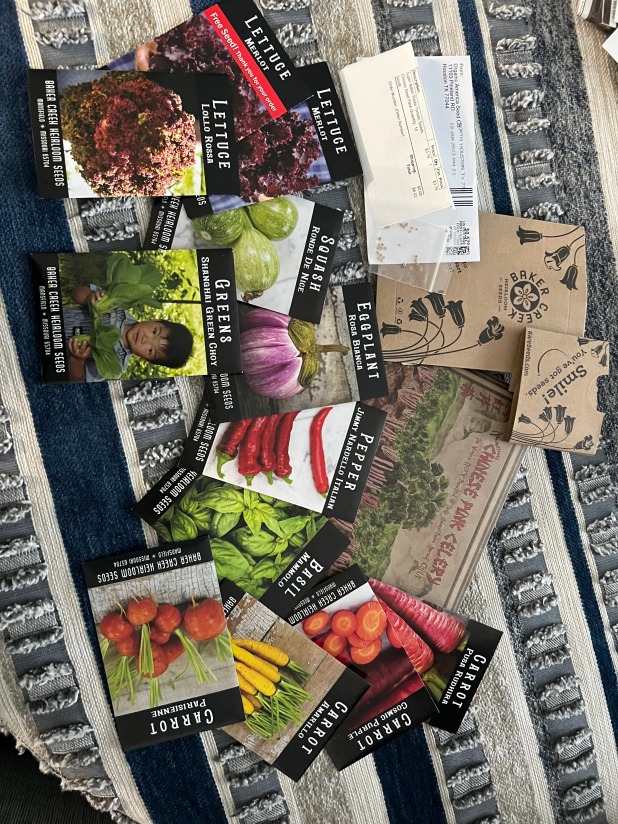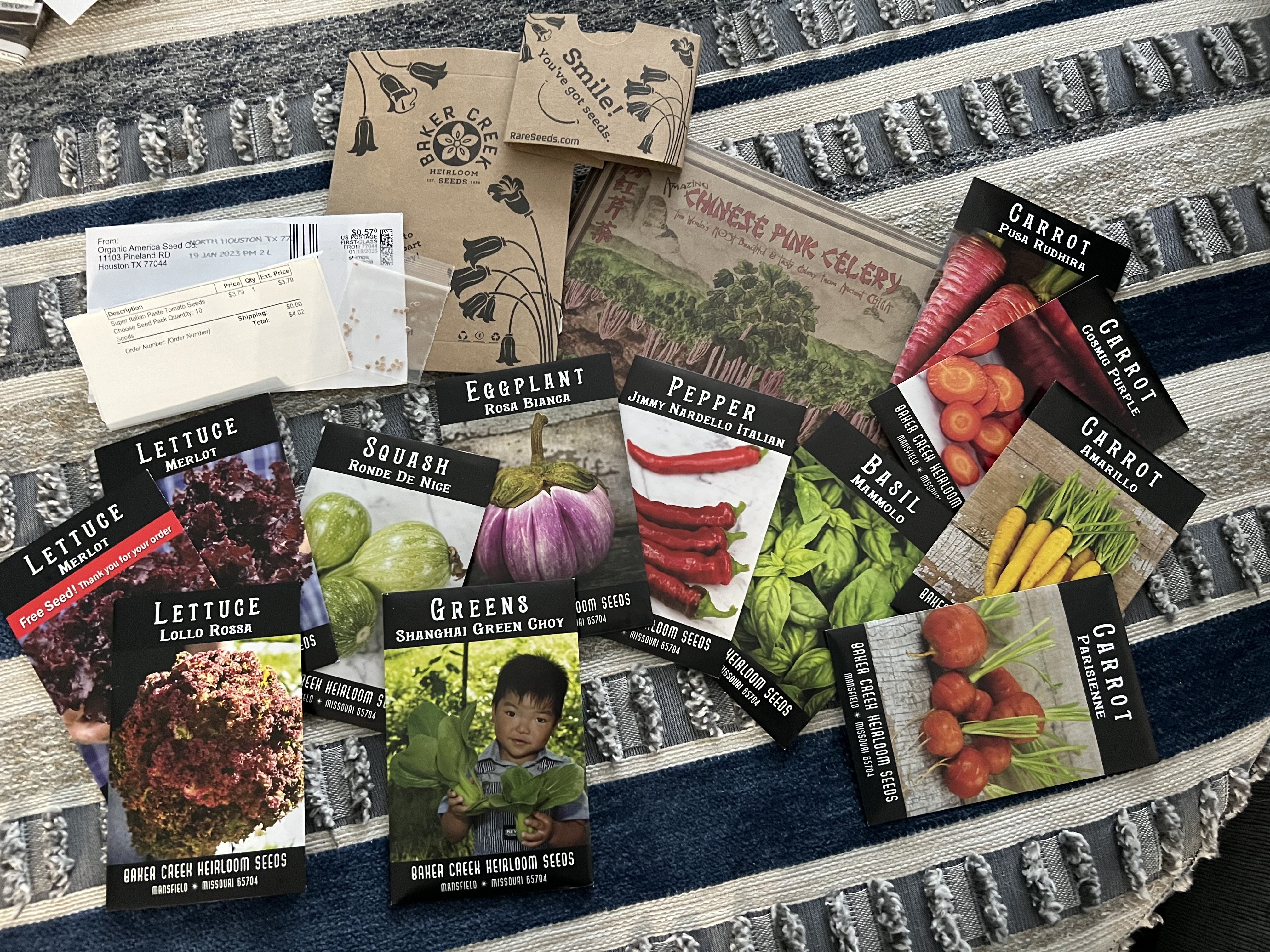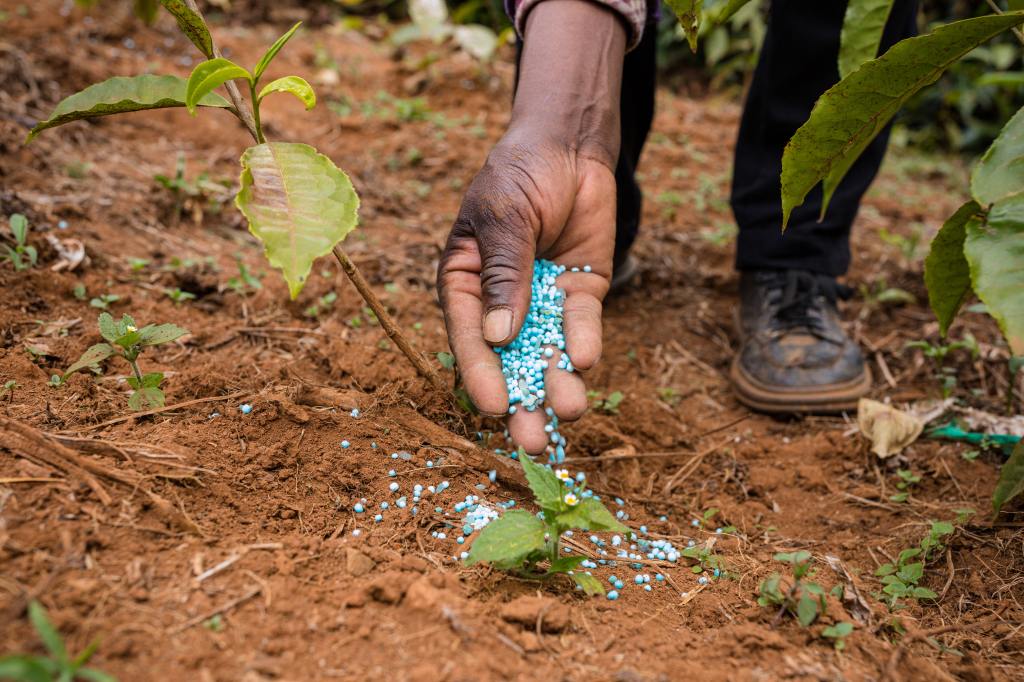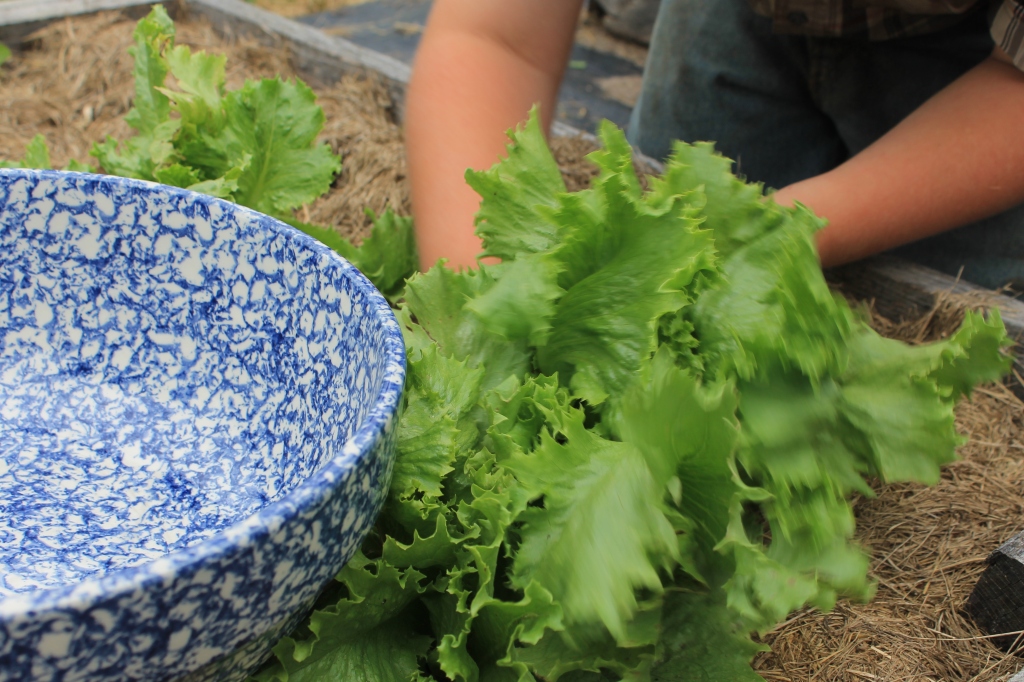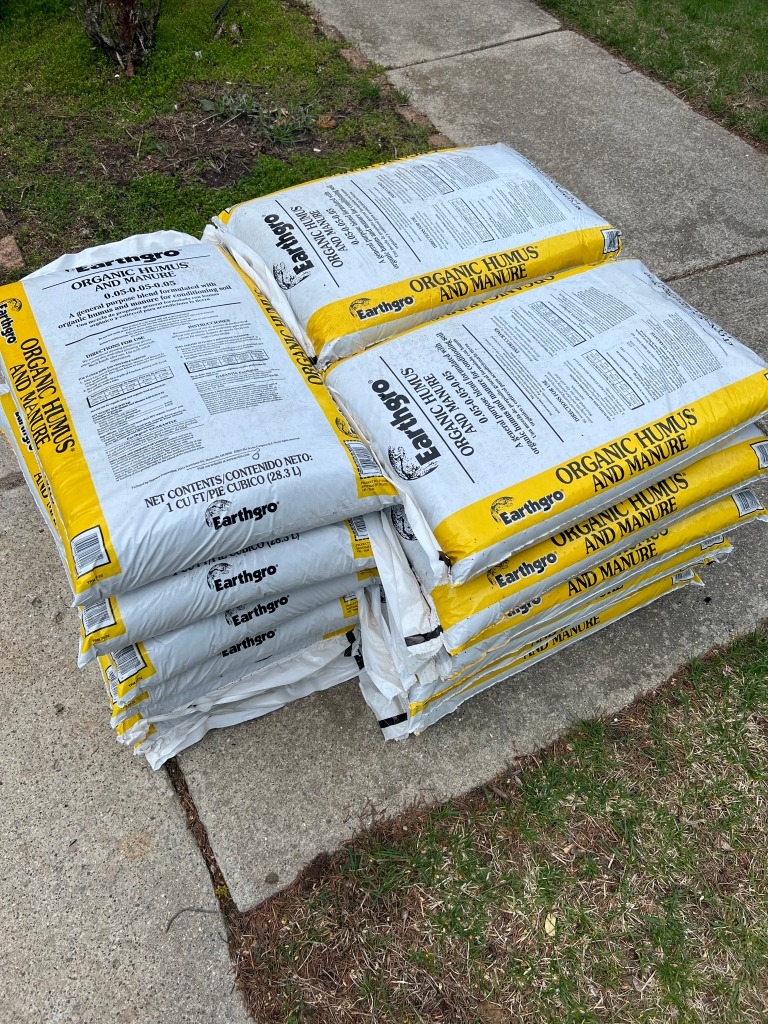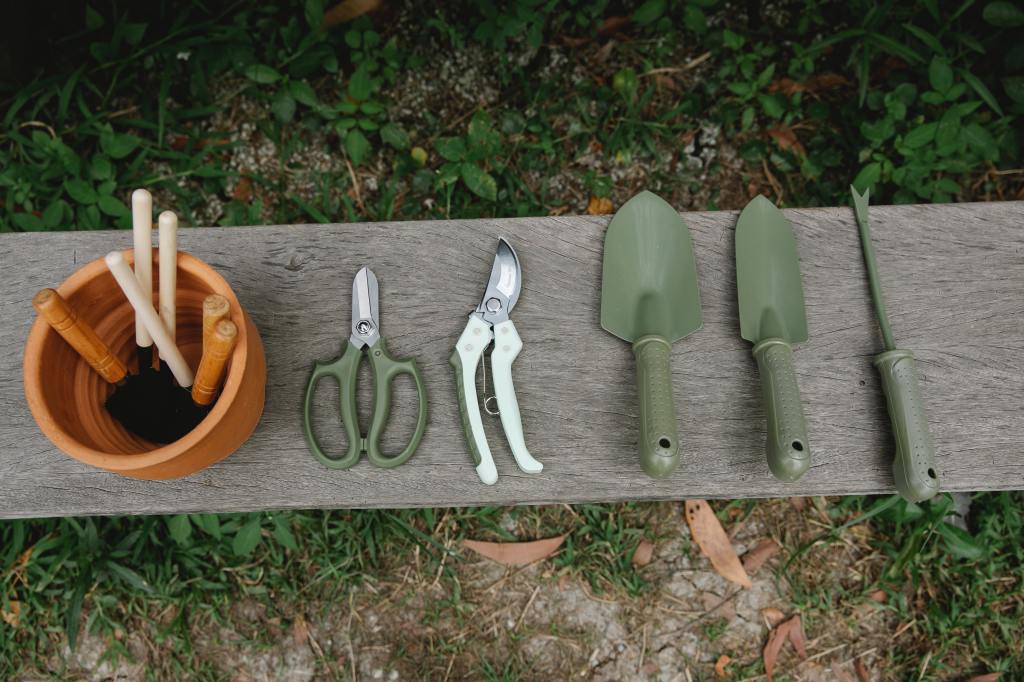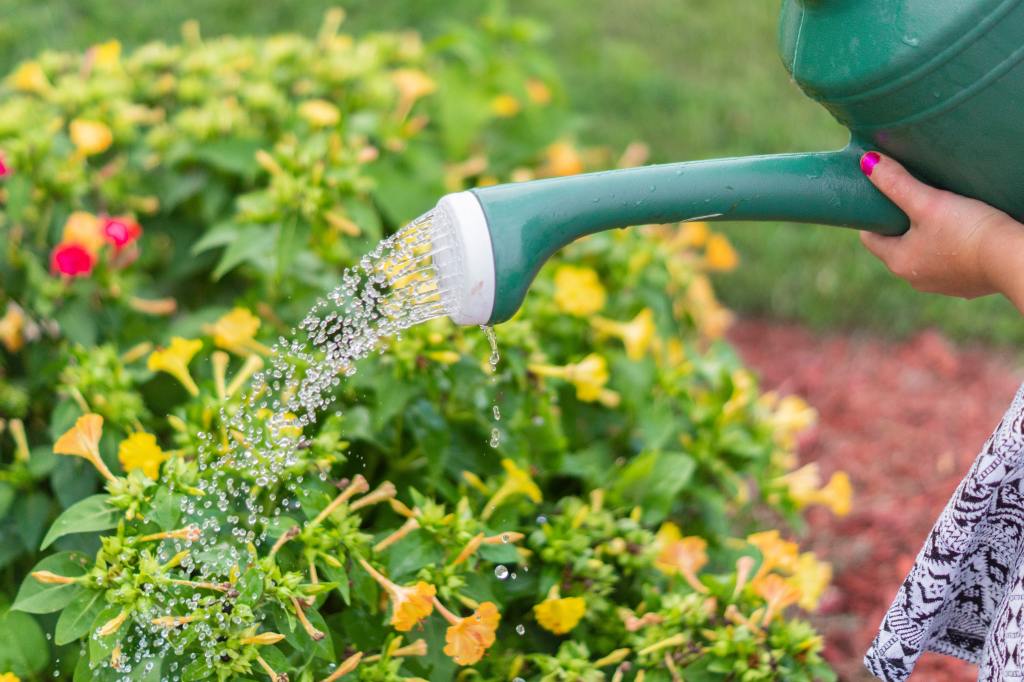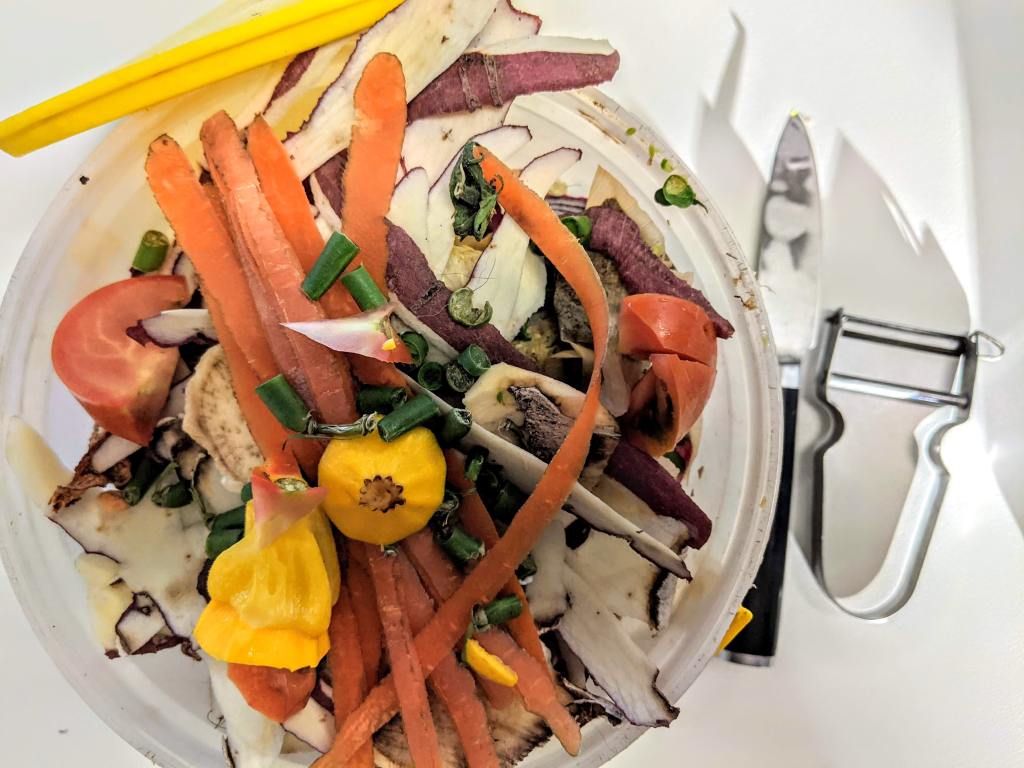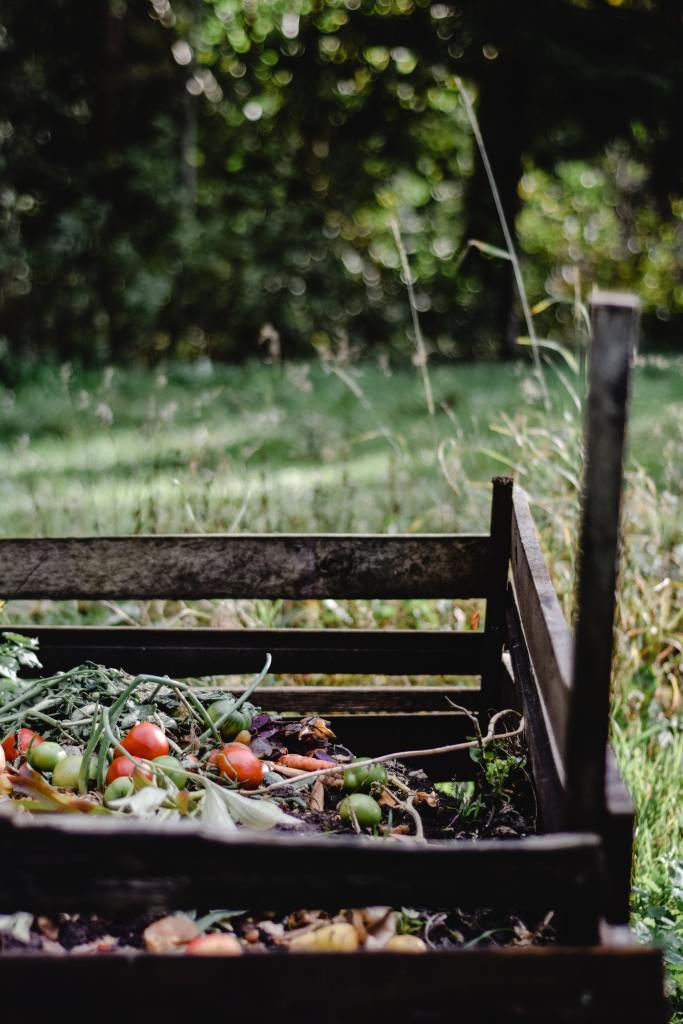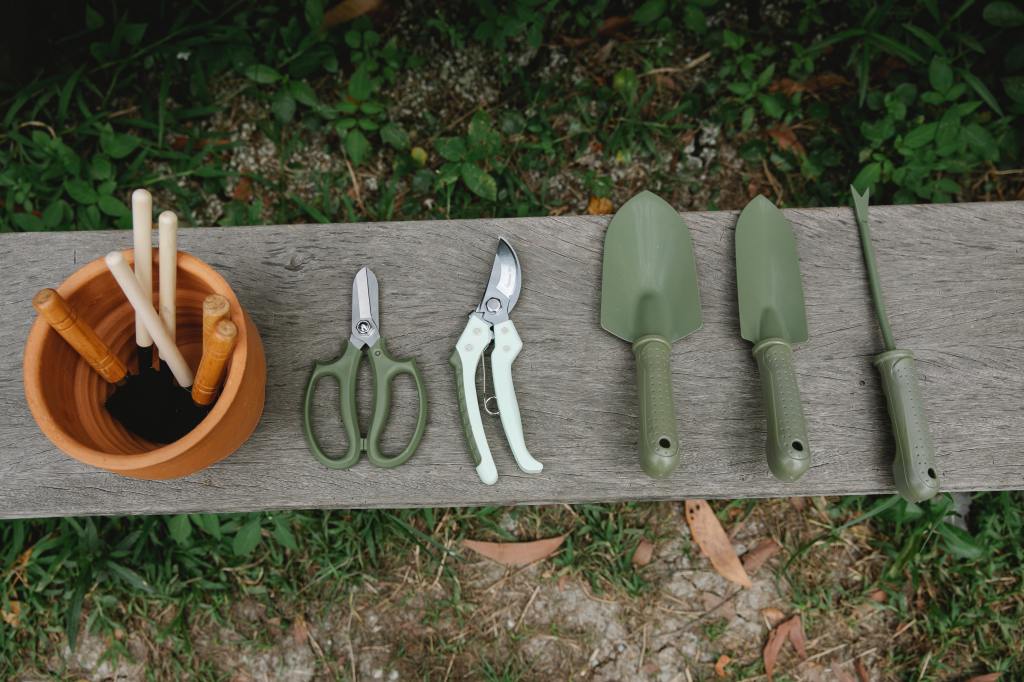Last week I started my tomato, eggplant, pepper, and several herb seeds. I also potted up almost 100 asparagus crowns to sell at this years farmers markets. To say the least… I am soooo happy & excited. You all know how much I love this time of year, and long for it during winters cold days. Here in Michigan, we’ve had our USDA Hardiness Zone changed from 4-5 to 5-6. If you’re a gardener, you know how significant this is! I’m still a bit leery about getting things out too soon, but I would be lying if I didn’t say I’m tempted.
In the next couple posts, I’ll be sharing some tips & tricks on how & when to start seeds here in Michigan, as well as some great plants to give a try. I’ll be continuing my garden theme’s again as well. So let’s dive into todays blog post, Unlocking your green thumb: Easy & Successful Seeds to Kickstart Your Garden!
The Benefits of Starting a Garden
Gardening is a rewarding and fulfilling hobby that not only beautifies your surroundings but also provides numerous benefits for your overall well-being. There are many studies to show the benefits of gardening and ones metal well being. Check out my Podcast with Tim Travis, owner of Goldner Walsh Garden & Home’s discussion on this topic! Be sure to subscribe. You can also follow me at Spotify.
When you start a garden, you have the opportunity to connect with nature, reduce stress levels, and improve your physical health. Additionally, growing your own fruits, vegetables, and herbs allows you to have fresh, organic produce right at your fingertips. As you tend to your garden, you’ll also develop a sense of accomplishment and pride in nurturing life. So, unlock your green thumb and embark on this journey that will bring you joy and a sense of fulfillment.

Join the list
Join hundreds of our subscribers and be the first to know about new content and special offers.
Choosing the Right Seeds for Your Garden
Selecting the right seeds for your garden is crucial to ensure a successful and thriving garden. One of the first factors to consider is the type of plants you want to grow. Are you interested in cultivating colorful flowers, delicious vegetables, or fragrant herbs? Once you have identified your preferences, you can then choose seeds that are suitable for your climate and growing conditions. It’s important to research which plants thrive in your region and select seeds that have a high chance of success.
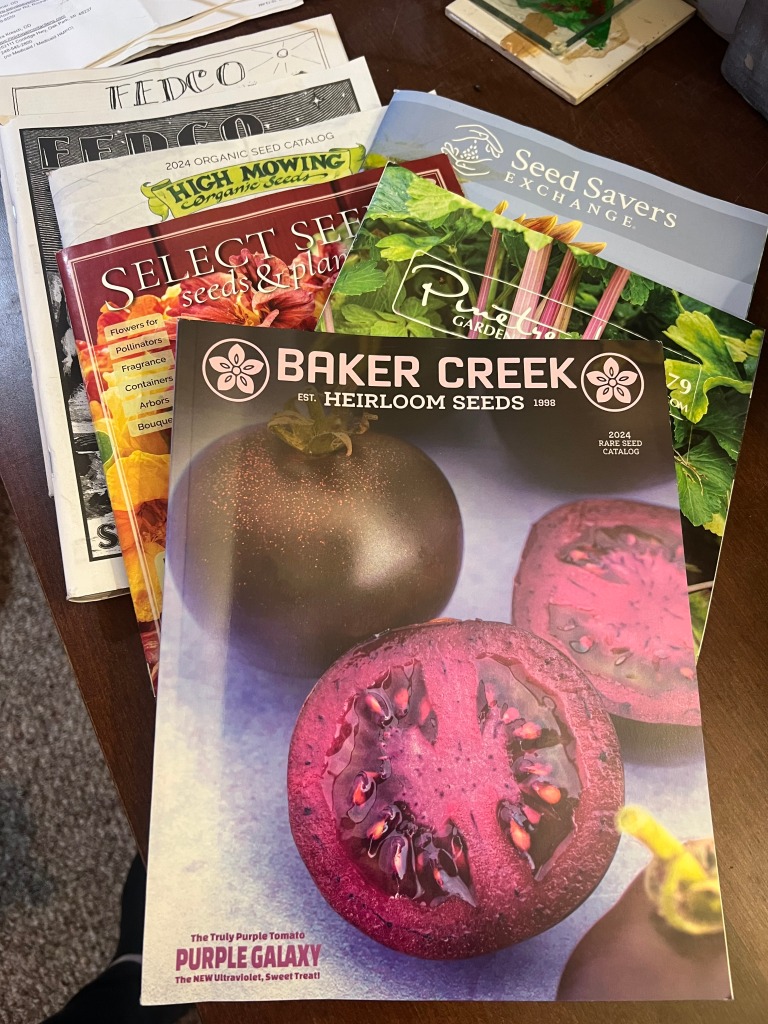
Factors to Consider When Selecting Seeds
When it comes to choosing seeds, there are a few key factors to keep in mind. First, consider the level of experience you have as a gardener. If you’re a beginner, opt for seeds that are easy to grow and require minimal maintenance. Additionally, take into account the available space in your garden. Some plants, such as sprawling vines, may require more room to grow, while others, like compact herbs, can thrive in smaller spaces. Lastly, consider the time and effort you are willing to invest. Some plants may require more attention and care, while others are more self-sufficient.
The Importance of Seed Quality
Seed quality plays a vital role in the success of your garden. High-quality seeds ensure that your plants will grow strong and healthy, producing a bountiful harvest. When purchasing seeds, look for reputable seed companies that provide detailed information and have a good reputation. Check for signs of freshness, such as plumpness and uniformity, as these indicate viability. It’s also advisable to choose organic and non-GMO seeds whenever possible, as they are more environmentally friendly and promote sustainable gardening practices.
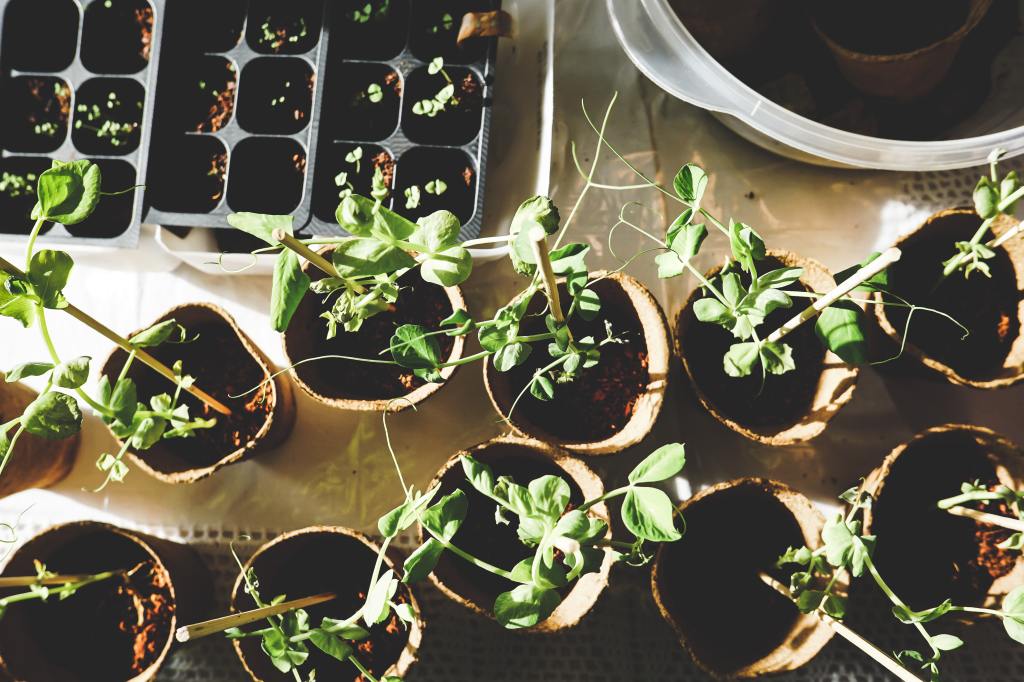
Where to Buy Garden Seeds
Finding a reliable source to purchase your garden seeds is essential. There are several options available, both online and in physical stores. Local nurseries and garden centers often carry a wide variety of seeds suited for your specific region. They can also provide expert advice and guidance based on their knowledge of local growing conditions. Online seed companies are another convenient option, offering a vast selection and the ability to browse and compare different varieties. Consider reading reviews and checking the company’s reputation before making your purchase.
How to Start Seeds Indoors
Starting seeds indoors is a great way to get a head start on the gardening season and ensure strong, healthy plants. Begin by selecting a suitable container, such as seed trays or individual pots, and fill them with a quality seed-starting mix. Sow the seeds according to the instructions on the seed packet, ensuring proper spacing and depth. Place the containers in a warm and well-lit area, such as near a south-facing window or under grow lights. Keep the soil consistently moist and provide adequate ventilation to prevent diseases.
Transplanting Seedlings into the Garden
Once your seedlings have developed strong roots and several sets of leaves, it’s time to transplant them into your garden. Before doing so, prepare the soil by removing any weeds and loosening it with a garden fork or tiller. Dig holes slightly larger than the root ball of each seedling and gently place them in the holes. Cover the roots with soil and lightly press down to secure them. Water the transplanted seedlings thoroughly to ensure they settle into their new environment.
Caring for Your Seedlings
Proper care is essential to ensure the health and vitality of your seedlings. Regular watering is crucial, especially during dry spells or hot weather. However, be cautious not to overwater, as this can lead to root rot. Mulching around the base of your plants helps retain moisture, suppress weed growth, and regulate soil temperature. Additionally, provide support for taller plants, such as staking or trellising, to prevent them from toppling over. Regularly inspect your seedlings for signs of pests or diseases and take appropriate action to protect your plants.
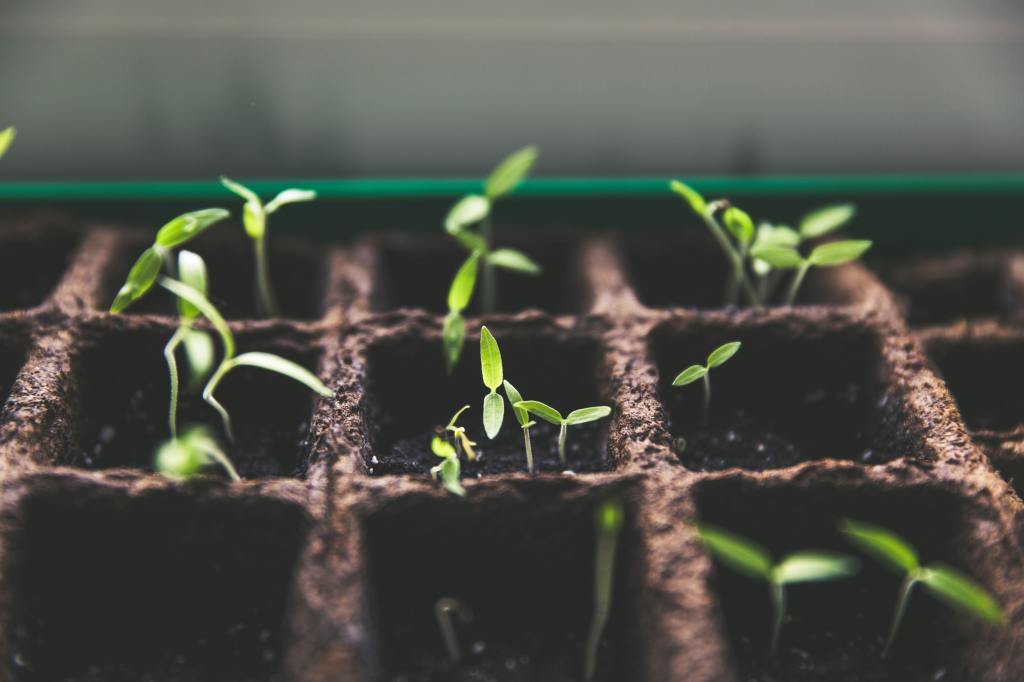
Common Seedling Problems and How to Troubleshoot Them
While gardening can be a rewarding experience, it’s not without its challenges. Seedlings can encounter various problems, such as damping-off, nutrient deficiencies, and pest infestations. Damping-off, a fungal disease, can cause seedlings to wilt and collapse. To prevent this, ensure proper sanitation and provide adequate air circulation. Nutrient deficiencies can manifest as yellowing leaves or stunted growth. Address this issue by providing balanced fertilizers or amending the soil with organic matter. Pest infestations can be controlled through organic methods, such as handpicking or using natural pesticides.
Harvesting and Enjoying the Fruits of Your Labor
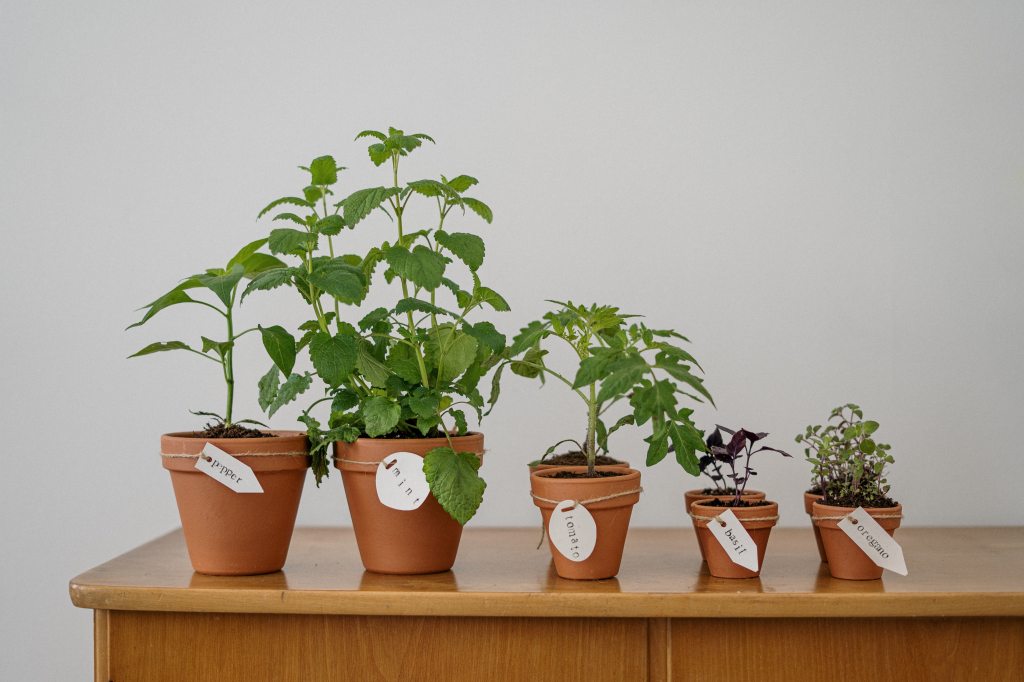
After weeks of nurturing and caring for your plants, it’s time to reap the rewards of your labor. As your garden matures, you’ll begin to see the fruits, vegetables, or herbs reaching their peak ripeness. Harvesting at the right time is crucial to ensure the best flavor and quality. Different plants have specific harvesting techniques, so it’s important to familiarize yourself with the proper methods for each variety. Once harvested, enjoy your homegrown produce in delicious recipes, share with friends and family, or preserve them for later use. There’s nothing quite like the taste of fresh, homegrown food.
Conclusion
Starting a garden is a wonderful way to connect with nature, reduce stress, and enjoy the benefits of fresh, organic produce. By choosing the right seeds, considering important factors, and ensuring seed quality, you set the foundation for a successful garden. Starting seeds indoors, transplanting seedlings, and providing proper care will help your plants thrive. Be prepared to troubleshoot common seedling problems and take necessary measures to protect your garden. Finally, savor the joy of harvesting and savoring the fruits of your labor. Unlock your green thumb and embrace the world of gardening – your own personal oasis of beauty and nourishment.

CTA: Start your gardening journey today and unlock the incredible benefits of nurturing life. Choose your seeds, prepare your soil, and watch your garden flourish. Your green thumb awaits!
If you enjoyed this blog , please LIKE, Follow, Share & leave me a comment! I love your feedback!
If you aren’t following me on Facebook & Instagram, go on over & give a LIKE & Follow me for daily tips & tricks for your home & garden!
Remember to eat fresh, shop local, & have a happy day,
Jean
Copyright Policy
All text and images on this site are copyright of For Dragonflies And Me. Unless otherwise noted, you may not use this content
This post may contain affiliate links. If you choose to purchase through an affiliate link, I may receive a small commission at no additional cost to you. You can see my full disclaimer here.

